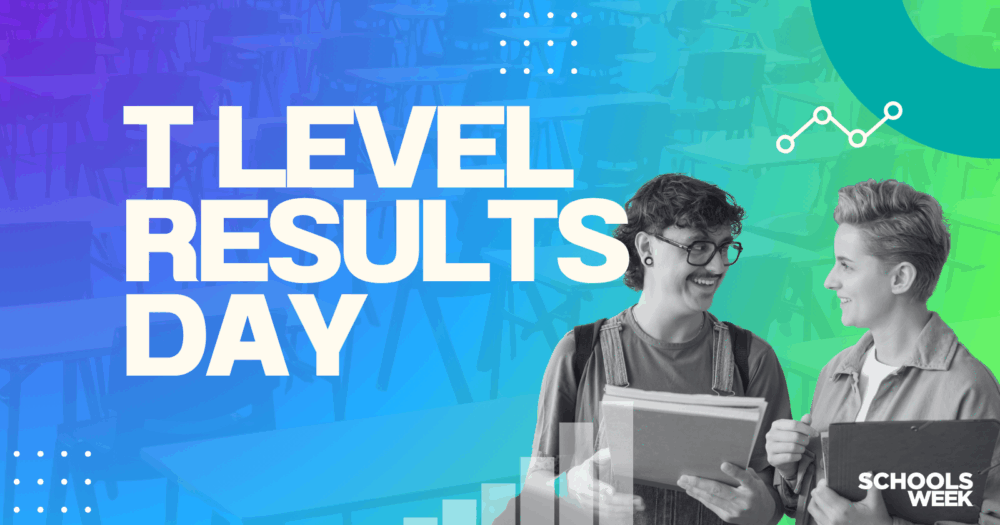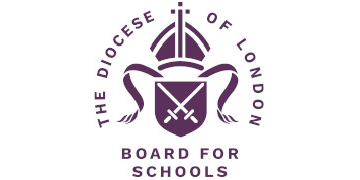The T-level pass rate has risen above 91 per cent while the proportion of students dropping out has continued to shrink.
A total of 11,724 learners from the fourth wave of T-levels received results this morning, compared to the 16,081 who started the 2023 cohort.
It suggests 27 per cent left the course early. This is an improvement on the 29 per cent and 34 per cent dropout rate that was recorded in 2024 and 2023, respectively.
Dropout rates for those who took three A-levels last year were 10 per cent.
Meanwhile, the overall pass rate on T-levels has jumped to 91.4 per cent, up from 88.7 per cent in 2024. The total number of students in receipt of T-level results today was 11,909, which includes 185 from an earlier cohort.

T-levels were introduced in 2020 as the government’s new “gold standard” two-year qualifications that are meant to be the technical equivalent of A-levels.
A T-level has three parts – the core component involving an exam and employer set project, the occupational specialism where practical skills are tested and a minimum 315-hour, or 45-day, industry placement.
Today’s results cover 18 individual T-levels, two of which are awarded for the first time this year – legal and agriculture.
The number of students receiving results has risen 61.4 per cent from 7,380 in 2024 to 11,909 in 2025, while the number of schools and colleges offering T-levels has increased 57.4 per cent from 162 to 255.
The proportion of students that achieved the top two grades of distinction* or distinction fell marginally from 15.9 per cent to 15.7 per cent.
But merits were handed out to 49.6 per cent compared to 46.8 per cent the year before, and the proportion receiving a pass was 26.1 per cent compared to 25.9 per cent in 2024.
And 8.3 per cent of students received a “partial achievement” this year – which is where a learner attempts all elements of the T-levels but does not achieve all of them – down from 11.1 per cent in 2024.
The Joint Council for Qualifications only releases partial T-level data to journalists before 9.30am on results day, unlike A-levels which benefit from a full analysis.
The Department for Education will publish full T-level data later this morning, which includes breakdown by gender, region and other granular data including industry placement completions.
Results data for other vocational and technical qualifications like BTECs, which are sat by hundreds of thousands of students, is also sparse. Figures for these courses are due to be published later today.
Ofqual chief regulator Sir Ian Bauckham said: “Britain’s economic future depends on a skilled and knowledgeable workforce. All types of qualifications open doors of opportunity to students to contribute towards Britain’s economy.
“Whether students are using their results to continue in education or move into the workplace, they can be confident that they have qualifications that will stand them in good stead for their future.”






Your thoughts